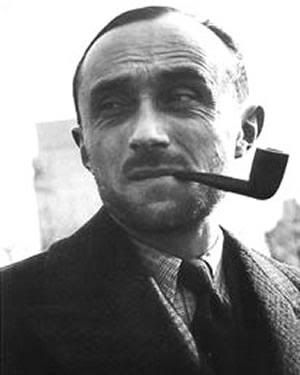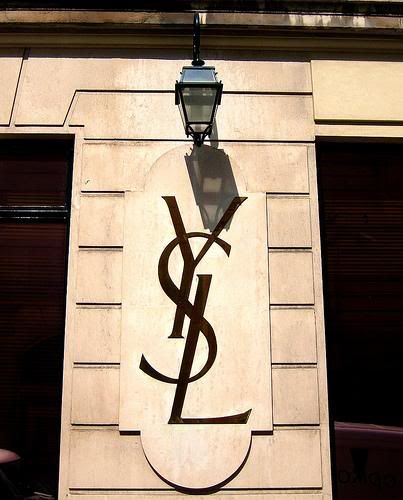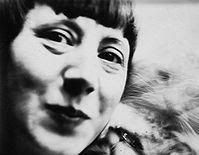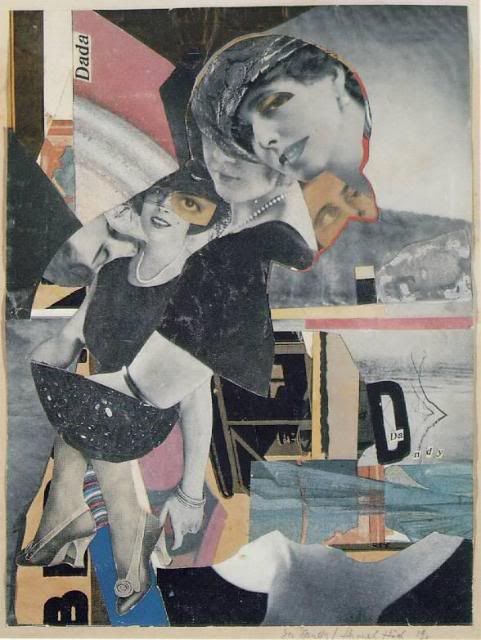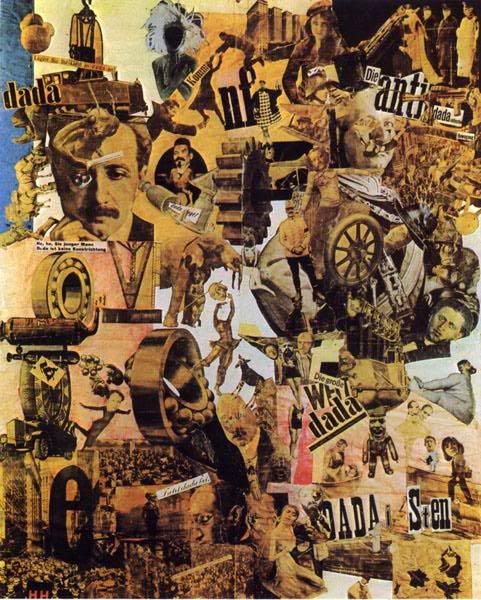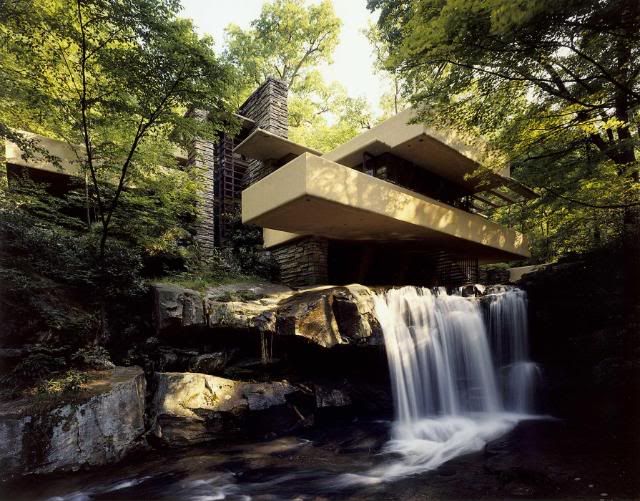

I thought since we have been discussing the design, attitudes etc. from the"Roaring Twenties" and also Russian Graphic Design, that it would be an appropriate tie in to talk about the artist and designer known as Erte'. Even though he may be predominately considered a fashion designer, Erte' was an illustrator and, I believe, a graphic designer since his work, in print, definitely conveyed a message. Romain de Tirtoff; ("Erte" was the french pronunciation of his initials) was born in Russia and worked in Paris. He made his American debut in 1915 on the cover of Harper's Bazar Magazine. For twenty-two years (from January 1915 to 1936) Erte's work would grace the covers of Harper's. His work during those years, "fabulously captured the times" and his work on so many covers have, in many ways, become historical documents of fashion and a visual commentary about the times.
I found it very interesting to look at many of his works. Art Deco is clearly represented but he most definitely had his own illustrative style. It is said he had complete and full artistic control over what he designed and had a huge influence on the fashion world. He was the only creative designer to illustrate his own creations (others were illustrating other designer's work). I also found what I thought to be a sort of correlation between DaDa art and Erte fashions, as he thought 'outside of the box' when it came to many details on his clothes: hats had animal ears, he put pockets on sleeves, dolls were turned into purses and tassels opened into fans just to name a few of his fanciful and original ideas.
After the mid 1930's Erte's popularity started to wane (although he designed for the theatre for many years after) the interest in his sketches, illustrations and paintings have surged in recent years and his Harper's covers are rare and cherished collector's items. Not many of his costumes have survived but his designs and contributions live on and are valued in themselves as serious works of art.
Works Cited:
Designs by Erte, Dover Publications. New York, N.Y.
Kristen Powers



